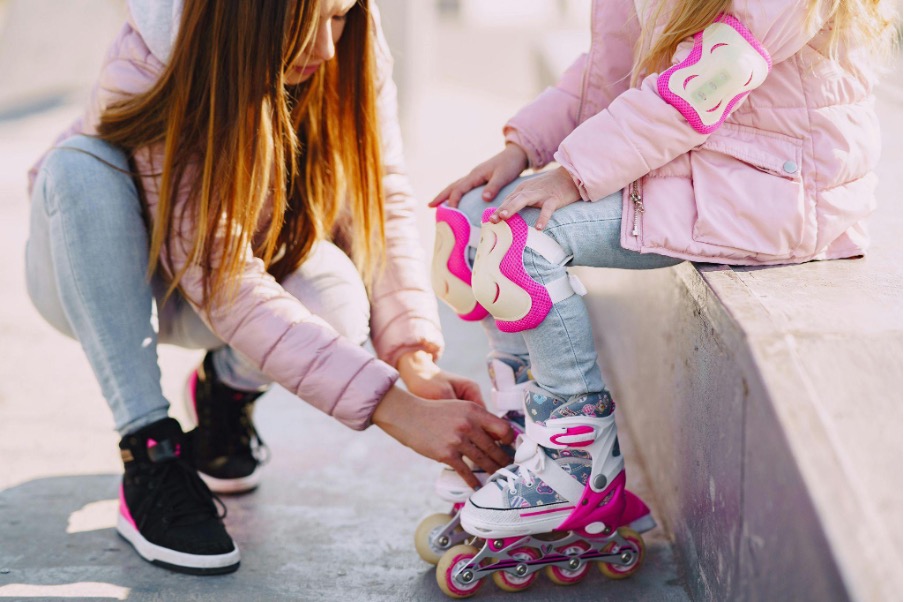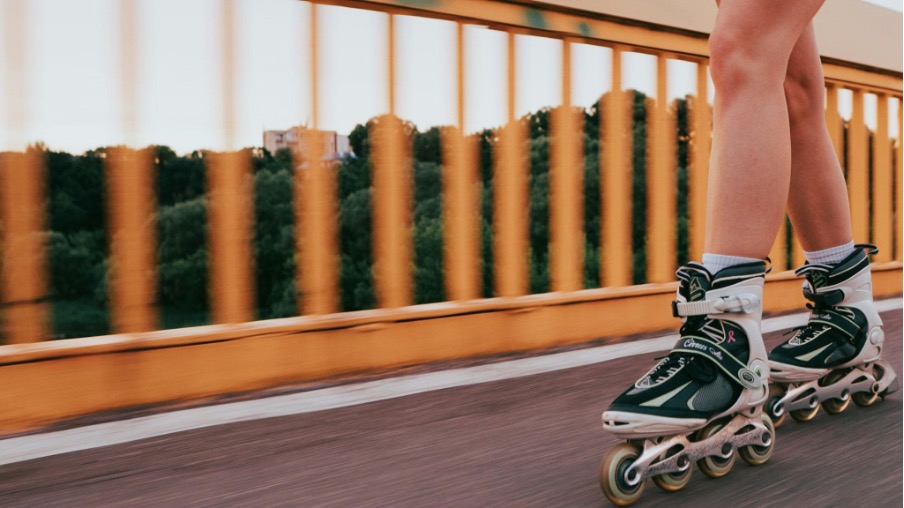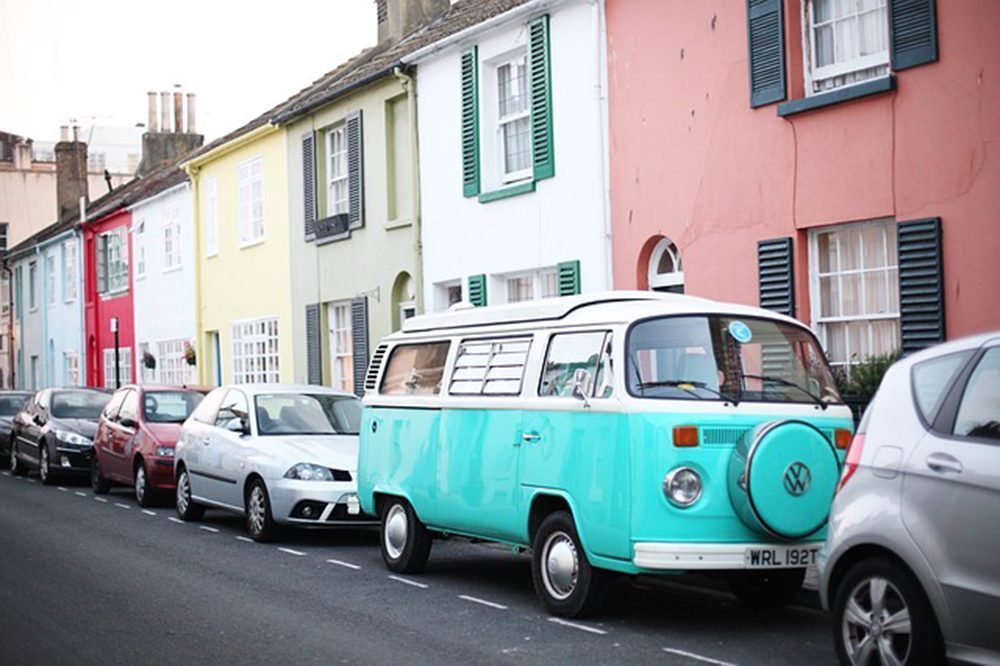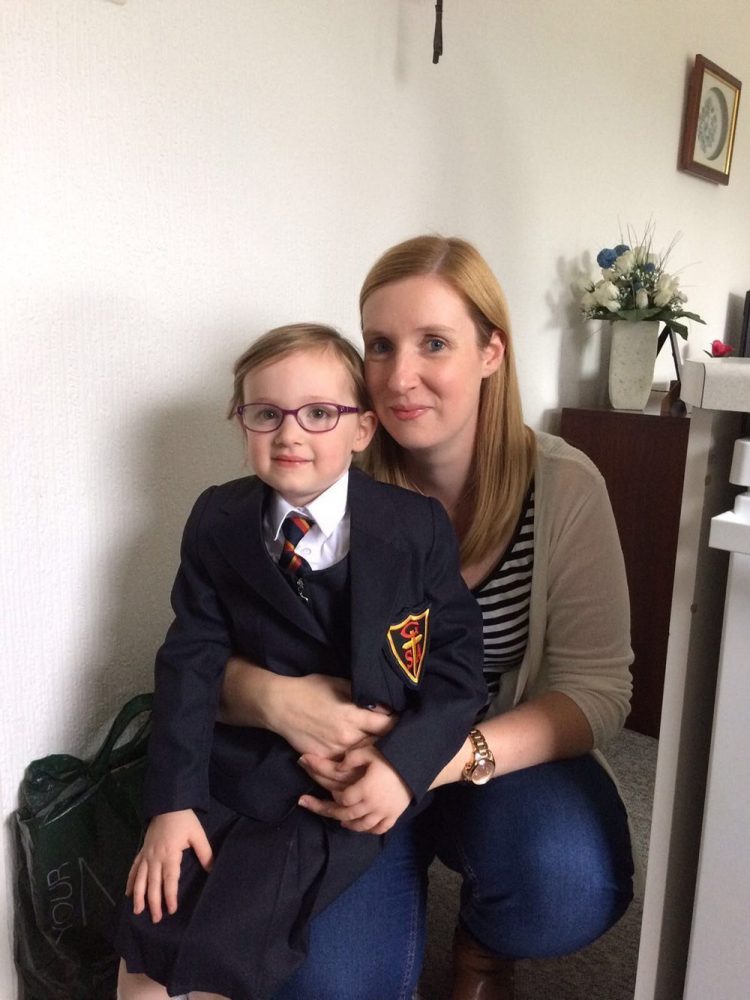
A Parent’s Guide to Choosing the Perfect Pair of Inline Skates for Your Child
This is a collaborative post
Inline skating is a popular and enjoyable activity for children that combines fun with physical fitness. However, choosing the right pair of inline skates for your child can be a daunting task, especially with the wide variety of options available. A well-chosen pair of inline skates will ensure safety, comfort, and a better skating experience. This comprehensive guide will help you navigate the process of selecting the perfect pair of inline skates for children, focusing on key factors such as size, fit, safety features, and skill level.
Before diving into specific features, it’s important to understand the different types of inline skates available:
Recreational Skates: Designed for casual skating and beginners, these skates offer comfort and stability. They typically have a soft boot and are ideal for leisurely rides and basic skills.
Fitness Skates: These skates are built for more serious skating and exercise. They offer more support and often come with larger wheels for a smoother ride and better speed.
Aggressive Skates: Built for performing tricks and stunts, aggressive skates have a robust design with features like grind plates and a smaller wheel size. They are suitable for more advanced skaters.
Speed Skates: These skates are designed for high-speed skating and have long, narrow frames with larger wheels. They are less common for children but worth noting for older or more advanced skaters.
Proper sizing and fit are crucial for both comfort and safety. Here’s how to ensure the perfect fit:
Measure Your Child’s Feet: Start by measuring your child’s feet. Have them stand on a piece of paper and trace around their feet. Measure the length from the heel to the tip of the longest toe, and compare it to the sizing chart provided by the skate manufacturer.
Consider Growth: Children’s feet grow quickly, so consider buying skates with adjustable sizing. Many skates come with adjustable features that allow them to grow with your child, providing better longevity and value.
Check the Fit: When trying on skates, ensure that there is about a half-inch of space between the child’s toes and the front of the skate. The skates should be snug but not too tight, with no pressure points.
Try Different Models: Different brands and models have varying fits. It’s a good idea to try on multiple pairs to find the one that offers the best combination of comfort and support.

3. Assessing Safety Features
Safety should be a top priority when selecting inline skates for children. Key safety features to look for include:
Ankle Support: Look for skates with sturdy ankle support. This can be achieved through a well-constructed boot with adequate padding and a secure closure system. Proper ankle support helps prevent injuries and provides better control.
Brake Systems: Most inline skates come with a brake system on the heel of one skate. Ensure that the brake is easy to use and provides sufficient stopping power. Some skates allow for brake adjustments or upgrades if needed.
Quality Materials: Check that the skates are made from durable materials that can withstand the rigours of skating. High-quality materials ensure that the skates offer adequate protection and last longer.
Reflective Elements: For added safety, especially if your child will be skating in low-light conditions, consider skates with reflective elements or bright colours that increase visibility.
The size and type of wheels can greatly affect the performance and comfort of the skates:
Wheel Size: Larger wheels provide a smoother ride and are better for speed and long-distance skating, while smaller wheels offer better manoeuvrability and control. For young beginners, smaller wheels (between 72mm and 80mm) are often more appropriate as they provide better stability and control.
Wheel Material: Most wheels are made from urethane, which offers a good balance of grip and durability. Some skates feature softer wheels that absorb more shock and provide a smoother ride, which is beneficial for beginners and casual skaters.
Bearings: Bearings determine how smoothly the wheels roll. They are rated on a scale known as ABEC (Annular Bearing Engineering Committee), with higher numbers indicating greater precision. For children, standard bearings (ABEC 5 or 7) are usually sufficient.
The boot of the skate plays a significant role in comfort and support:
Soft Boots vs. Hard Boots: Soft boots offer more comfort and flexibility, making them suitable for recreational and beginner skaters. Hard boots provide more support and durability, which is beneficial for more advanced skating.
Padding and Liner: Look for skates with adequate padding and a comfortable liner. The padding should be thick enough to provide cushioning without compromising control. Many skates feature removable liners that can be washed or replaced.
Closure System: Inline skates typically use a combination of laces, straps, and buckles to secure the boot. A good closure system ensures a snug fit and prevents the foot from sliding inside the boot. Consider skates with easy-to-use closures for younger children who may struggle with complex systems.
The intended use and skill level of your child will influence the type of skates that are best suited:
Beginners: For children who are just starting, recreational skates with soft boots and smaller wheels are ideal. They provide stability and comfort, making it easier for beginners to learn the basics.
Intermediate Skaters: As children gain more experience, they might benefit from fitness skates with larger wheels and better support. These skates offer enhanced performance for more confident skaters.
Advanced Skaters: For children interested in performing tricks or skating at high speeds, aggressive or speed skates are appropriate. These skates offer specialised features and increased durability to handle advanced techniques.

7. Price and Quality
While it’s tempting to opt for the cheapest option, investing in a higher-quality pair of skates can pay off in terms of comfort, durability, and safety:
Budget: Set a budget based on your needs and expectations. While it’s important to find a good deal, ensure that the skates meet essential safety and performance standards.
Quality vs. Cost: Higher-priced skates often offer better materials, construction, and features. However, there are many mid-range options that provide excellent quality and value. Look for reputable brands known for their durability and customer satisfaction.
Choosing the perfect pair of inline skates for your child involves careful consideration of several factors, including size, fit, safety features, wheel size, and intended use. By understanding the different types of skates and focusing on comfort, support, and durability, you can make an informed decision that will enhance your child’s skating experience and ensure their safety.
Investing time in selecting the right skates not only improves your child’s enjoyment but also encourages their continued interest in inline skating. With the right pair of skates, your child can confidently embark on their skating adventures, building skills and having fun along the way.
For media inquiries, please contact:
Robert Linter
Marketing & PR Officer
RobL@skates.co.uk
Skates.co.uk is a family owned company based in Romsey. After the huge success of our sister site www.flywalk.co.uk, we launched Skates.co.uk in May 2007. As enthusiastic skaters from a range of backgrounds, we’re always happy to advise on what product would perfectly suit your needs.





